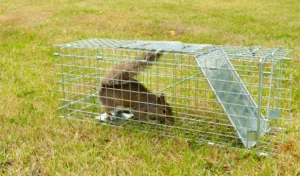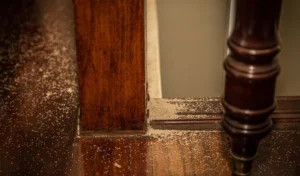Numerous homeowners may believe that pest control is unnecessary during the winter. Nonetheless, this blog aims to persuade you that investing in winter pest control is truly valuable for your home. Despite the extended, frigid months of December, January, and February, where everything appears to go dormant, there are compelling reasons to prioritize pest control during this season.
It’s completely understandable that you might feel this way. In the fall, we observe trees shedding their leaves, bulbs and plant life resurfacing in spring, and species like birds migrating south for warmer climates. You might even notice that the cockroach infestation you’ve been delaying doesn’t appear as severe as it did in the summer. All these factors contribute to the perception that winter pest control is more of a “nice-to-have” than a necessity.
However, this belief is incorrect. To enlighten you on the significance of winter pest control, Safe-killer has compiled a list of five reasons why you should be securing your home and defending against pests during this season.
Pest Control in Winter: Why Is It Necessary
- Rodents like mice and rats seek shelter and warmth in winter
- Wall dwelling pests will not be affected by the cold winter weather
- Winter pest control prevents unwanted spring intrusions
- Attics provide winter shelter for spiders and wasps
- Carpenter ants and termites still destroy wood internally and unknowingly
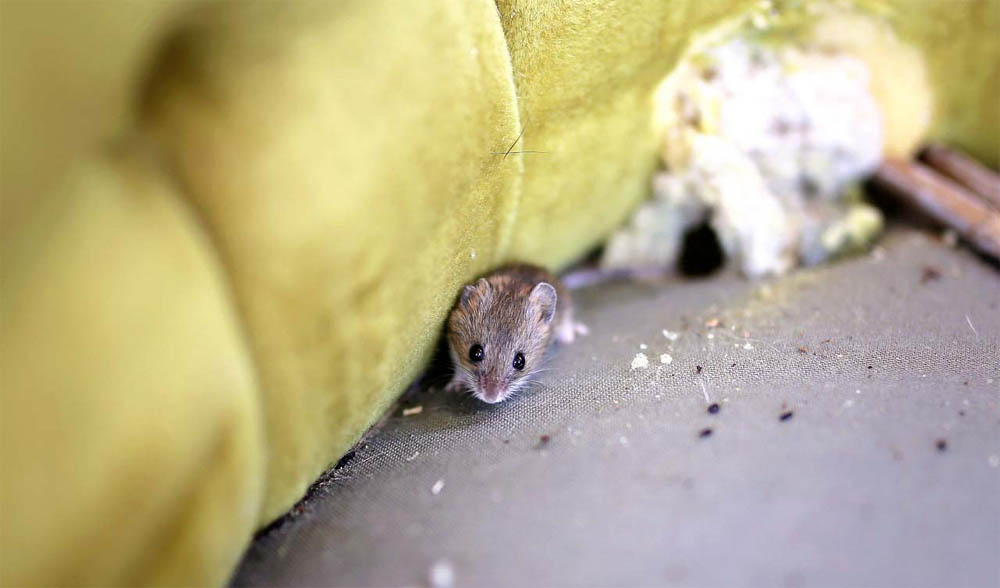
1. Rodents Like Mice and Rats Seek Shelter and Warmth in Winter
First and foremost, it’s crucial to note that both house mice and rats do not hibernate during winter. Instead, they navigate through the cold season by seeking refuge in our homes. Occupying dark and secluded spaces within our properties, the downside is that these rodents become remarkably comfortable quite rapidly. Both highly cunning species, if human food is within reach and easily accessible, these rodents have no incentive to leave. In essence, shelter, warmth, and food sources create a secure haven for them until they can resume foraging for fruits, plants, and seeds in springtime. Winter rodent control is vital, given the rapid breeding pace of these species.
Dexterous creatures, mice and rats infiltrate properties by exploiting minute cracks, gaps, and crevices in the foundations and walls of homes. Surprisingly, mice possess the ability to skillfully navigate their bodies through openings as narrow as a pencil width. If you find yourself pondering how to eliminate mice in the attic or how to eradicate a Norway rat, the solution lies in enlisting the services of a professional rat or mouse exterminator.
Explore our blog on eliminating mice immediately to grasp the limitations of DIY mice control or rat removal methods such as mousetraps and relying on pets for hunting.
2. Wall dwelling pests will not be affected by the cold winter weather
Certainly, the colder weather in winter results in fewer pests invading your home compared to seasons like summer. However, what about pests that are already residing in your space? Ultimately, pests that have already infiltrated your property are not impacted by freezing temperatures outdoors. We’re referring to pests that inhabit spaces between walls, such as carpenter ants, cockroaches, earwigs, and termites. These types of pests can thrive indoors, enduring winter thanks to the sustained favorable living conditions.
We all cherish the idea of snuggling by the fireplace with a comforting cup of hot chocolate, especially during the holidays. Sounds delightful, doesn’t it? While pests won’t be partaking in such activities, the parallel lies in the fact that insects have a significantly higher chance of survival indoors compared to outdoors. Consider the cockroach, for instance. As one of the planet’s most resilient species, this pest is notorious for its nocturnal habits. Concealing itself during the day and emerging at night, cockroaches often take up residence behind kitchen units, making appearances on countertops, areas behind refrigerators, and places where dirty dishes have been left. Capable of surviving for a month without food, a week without water, and even without a head, such resilient pests necessitate professional cockroach control.
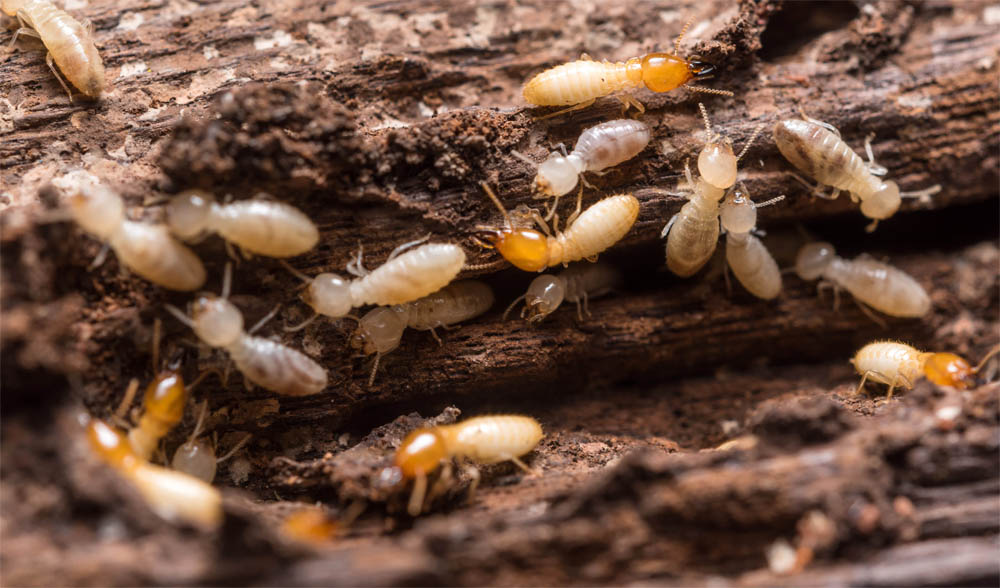
3. Winter Pest Control Prevents Unwanted Spring Intrusions
As spring temperatures rise, insects such as ants, cockroaches, centipedes, flies, hornets, millipedes, and mosquitoes begin to resurface as they seek moisture and food sources. Contrary to expectation, the period right before spring, winter is in fact the optimal time to ready your home for the unwelcome intrusions of pests in the coming season.
Keep in mind, the most effective defense against pests is prevention. It begins by thoroughly sealing entry points in your home’s foundation and walls, addressing every gap, crack, and opening, no matter how small. While this task is often entrusted to professionals, common materials like steel wool and caulking are frequently employed to discourage invading mice or rats. Additionally, homeowners favor the use of weather stripping, as it can be applied to gaps in doors and windows throughout the home. What better way to instill confidence in the security of your home than by anticipating and thwarting potential spring intrusions in advance?
4. Attics Provide Winter Shelter for Spiders and Wasps
The notion of spiders taking up residence in homes can be unsettling, and understandably so. As one of the most intimidating-looking pests, spiders evoke distress and arachnophobia in a significant portion of the human population. Whether we appreciate it or not, spiders are frequently found in attics during the winter. Why is that? Spiders are cold-blooded, and their eggs cannot withstand freezing winter temperatures. They lay their eggs in the autumn, encasing them in a silk sac often concealed within a web. For those brave enough to venture into their attics, it’s crucial to eliminate spider webs and egg cases to prevent spiders from re-emerging when warmer weather arrives.
Similar principles apply to certain types of wasps as well. If you’re wondering where wasps go in winter, the answer lies in undisturbed locations, such as your attic. For reasons elaborated in this blog, wasps seek tranquil and secure places to endure and wait out the winter. Since these pests can pose significant challenges, consult Safe-killer for advice on how to deal with them.
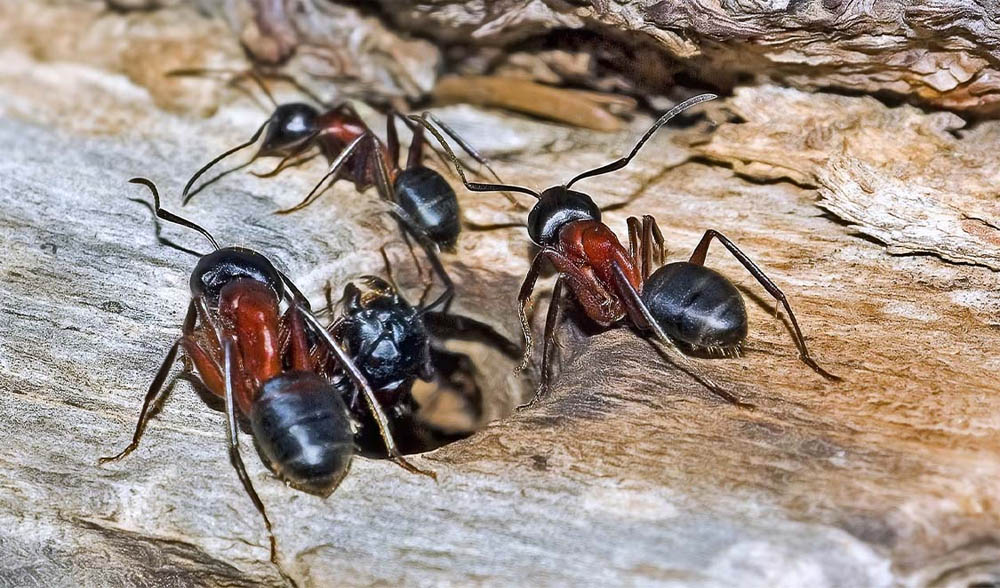
5. Carpenter Ants and Termites Still Destroy Wood Internally and Unknowingly
We mentioned them earlier in this blog, but they are significant enough to merit their own dedicated section. Indeed, we are referring to carpenter ants and termites. What’s their commonality? A shared penchant for causing damage to the wood in our homes. Although carpenter ants do not consume wood, they carve out galleries for their nesting areas. On the other hand, termites chew through wooden flooring, furniture, wooden frames, doors, and any other wooden structures in your home.
The reason these pests demand particular attention in winter, and at any time, to be honest, is their remarkable ability to evade detection. As we’ve mentioned before, when these pests are indoors, they are impervious to the freezing temperatures outside. Unintentionally causing damage to wooden objects, fixtures, and fittings in your home underscores the necessity for professional ant control and termite control.
Initiate Top-notch Winter Pest Control Today with Safe-killer
Providing around-the-clock support, our specialists in winter pest control are ready to address the pest issues affecting your home. Discover more about our pest control solutions in Safe-killer.


